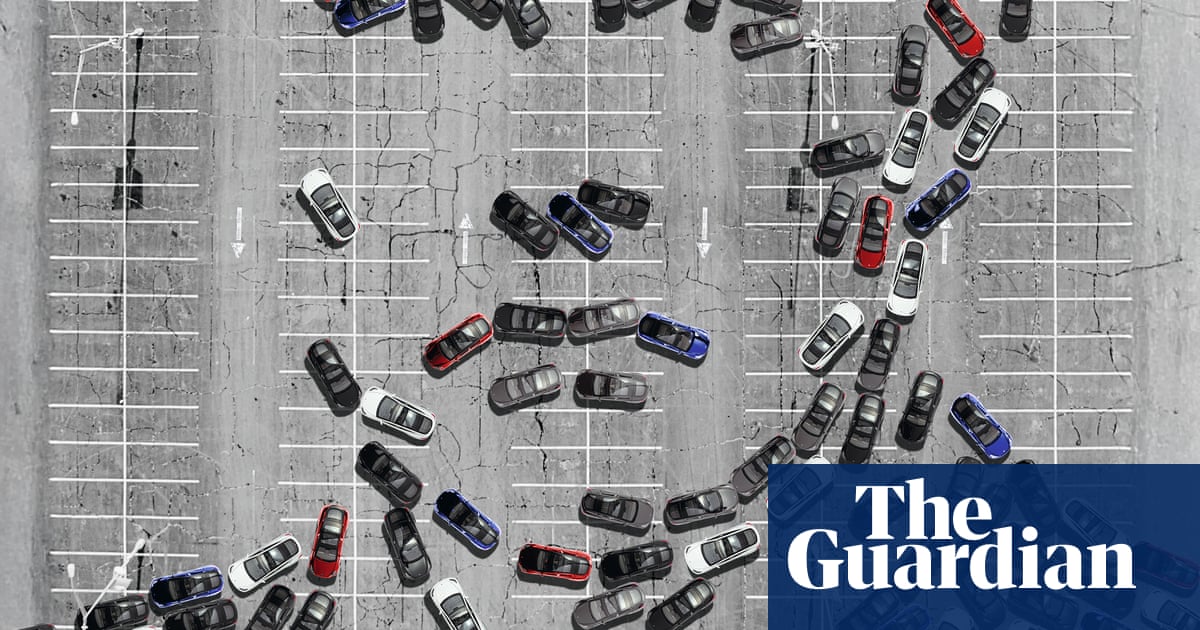I wonder how many of those crashes were due to driver inattentiveness; the article didn’t drill down into that detail (that I could find).
I know that they’ve touted it as full self driving but after the first 5-6 crashes that were reported on you’d think people wouldn’t take the name literally.
Maybe they get their news from X? Dont blame customers when it is the company sells the dream
I never liked that company.
But this is worse than anything I could make up 😦
That’s some quite chilling reading.
People never got information about what mistake or malfunction took their relatives’ lives, but the leaked files draw a pattern of Teslas making erratic maneuvers when self-driving.
Also, there’s a pattern that crashed Tesla drivers tend to burn to death without passers-by being able to help them - because passers-by depend on opening doors using their handle, not pulling people out through windows or cutting through structures with hydraulic scizzors. By the time firefighters arrive, the person is dead and the fire too hot to apprach.
I would never buy a Tesla anyway, since I like utmost simplicity in vehicles.
But the Tesla battery seems like a special invitation for trouble to me - a ridiculously high number of small lithium ion cells. Unless your production is 100% reliable, that’s not a manageable configuration. A low number of large cells in manageable. Also, it seems that their battery is very likely to short in a crash. A low number of large cells have more limited options for shorting and more chances of the single series connection breaking. As soon as you have parallel cells, you’re asking for trouble.
I didn’t yet read the article, but Tesla are in my view the simplest cars around. Electric vehicles generally, are much simpler than ICEs. The whole thing about cells is just plain wrong… all batteries bigger than 20Wh (a big smartphone) are made up of multiple cells. And the batteries are very well protected from external crashes. Thermal runaway is still something that’s being improved on them, but mainly to increase energy density and reduce the other necessary failsafes.
(Just some napkin math: 1 lithium ion cell has around 4V of voltage, most vehicles have a 400V or 800V architecture, so you need at least 100 cells in series to reach that.)
Edit: checked the article: a good summary of the many shady crashes Tesla is covering up, but it looks like assistive driving features and criminal handle design are the main culprits. Generally EV batteries - Tesla’s included - are really safe. But when they do burn, it’s challenging to stop it. It’s such a huge pity that the huge potential of Tesla is being run to the ground this way…
Smaller cells have less energy to expend if something goes wrong, making it easier to control thermal runaway.
Part of the problem with other OEM vehicles is they are using large pouch cells which are prone to being damaged by their very nature, and if something goes wrong there’s significantly more energy per cell to deal with.
People don’t really care about the cells in their car, but they should.
I’ll never own a pouch cell vehicle. Prismatic or cylindrical only.
Edit: and the only reason people were using them years ago was there was no other options with enough supply. It wasn’t because it was the right choice. Many OEMs are now moving away from them.





